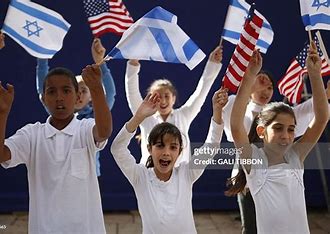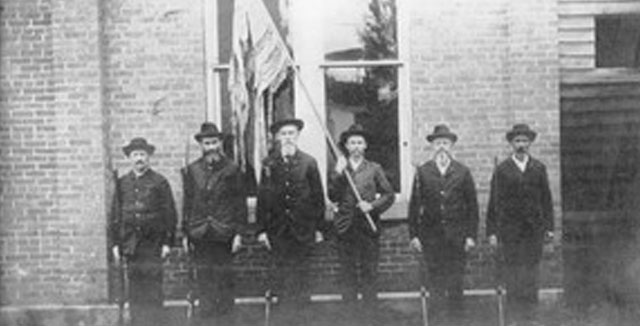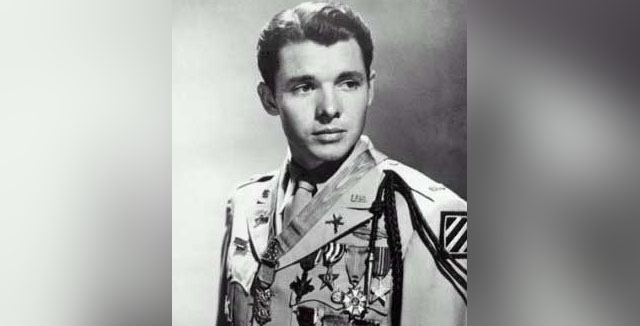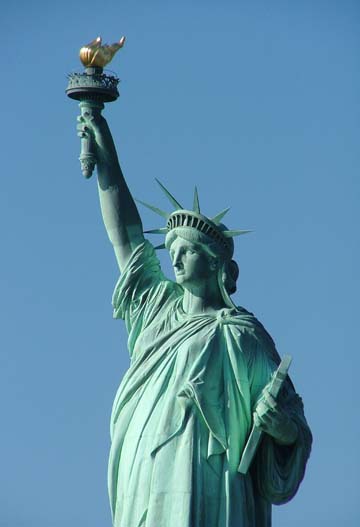
CJ
I thought, on this article about the American Flag, it was interesting how old the flag was. I found it was interesting how it got passed down from generation to generation and that it ended up in a museum. I’d like to see it in person to look at it. It would be really cool to go down to Dubois Museum and see it. I encourage all kids to read the article and visit the museum.
Written by CJ D. October 2011
Permission to re-post from Courierpress.com
Approved by CJ D. October 2011
Rare flag, 150 years old Saturday, survived major Civil War battles
By Greg Eckerle
Originally published 04:20 p.m., August 5, 2011
JASPER, Ind. — The most remarkable thing about a 150-year-old United States flag on display in the Dubois County Museum is “the fact it made it” there, according to Dubois County Historian Art Nordhoff.
The flag survived several epic Civil War battles and subsequent years of deterioration.
Nordhoff, who will speak about the flag in honor of its 150th anniversary at 10 a.m. EDT Saturday in the Dubois County Museum’s banquet room, said, “It’s amazing the flag is still here and in the condition it’s in.”
This rare piece of history was paraded before President Lincoln and somehow came through the legendary Civil War battles of Antietam, Chancellorsville and Gettysburg.
The flag was proudly flown during the war by Co. K, a group of 101 Union soldiers from Dubois County that was part of the 27th Indiana Volunteer Infantry Regiment. It was the first full Civil War company raised from the county.
A group of Jasper ladies who made the flag presented it to Co. K at a farewell dinner Aug. 6, 1861, on the courthouse grounds in Jasper, where the Soldiers and Sailors Monument now stands. The soldiers arrived in Washington, D.C., in December 1861.
The flag was ravaged in battle by shots, shells and shrapnel and endured heat, wind, rain and snow until it was mustered out of the war with Co. K survivors on Nov. 4, 1864.
Co. K’s first skirmish was the Battle of Fort Royal in Warren County, Virginia, on May 23, 1862. That fight was won by the Confederate forces of Maj. Gen. Thomas J. “Stonewall” Jackson. Two days later, the group was beaten again by Jackson’s army in the Battle of Winchester. In August, they fought at Cedar Mountain.
The Co. K flag was pressed into service as a regimental flag for the Sept. 17, 1862, Battle of Antietam because the 27th Indiana’s previous regimental flag had been badly torn in two battles and sent home. The replacement flag had yet to arrive.
So the flag from Jasper marched in the lead at Antietam, commonly known as “America’s bloodiest day.” More Americans died in the battle at Sharpsburg, Md., than on any other day in the nation’s military history.
Co. K was part of the battle’s opening at dawn, fighting with the forces of Maj. Gen. Joseph Hooker and again confronting Confederal soldiers commanded by Jackson.
The flag was carried by Celestine farmer Andrew Streigel because, at 6 feet, 1 inch, he was among the tallest in the company. The Dubois County soldiers were in the thick of a raging fight for what became famously known as The Cornfield. The two sides went at it for three hours, with the land changing hands about a dozen times, but finally ending up with the Yankees.
New York Tribune correspondent George Smalley, writing about the action of the brigade that Co. K fought in, said, “There was no more gallant, determined, heroic fighting in all this desperate day.”
Gen. Hooker wrote in his report, “It was never my fortune to witness a more bloody, dismal battlefield.”
More than 8,000 men had been killed or wounded in this part of the battle alone. There were more than 23,000 casualties for the entire day.
The Battle of Antietam was considered a draw by historians, but President Lincoln considered it enough of a Union victory to issue a preliminary proclamation freeing Rebel-owned slaves.
Co. K was also at Gettysburg, embroiled in the fighting at Culp’s Hill on the battle’s final two days, and in the Union attack on the Confederate position near Spangler’s Spring.
The unit also participated in the Battle of Atlanta, and in General Sherman’s March to the Sea.
One enduring mystery Nordhoff is trying to solve is which soldier brought the flag back.
“Somebody by family tradition knows how it got back,” he said, but he’s still waiting for someone to come forward.
After its return to Jasper, the flag was handed from one Co. K veteran to another, until the last survivor, Conrad Eckert, died in 1932. The flag was eventually given to Eckert’s granddaughter, Ruth Buecher.
She had it displayed at the Dubois County Courthouse for years, and later moved it to a more moderate temperature in her home.
Upon her death in 1996, the flag went to her son, Phil Buecher. A few years ago, it became apparent the faded, frayed and rapidly deteriorating rolled-up relic needed a major restoration. Buecher donated the flag to the Dubois County Historical Society, which sent it to be restored in 2007 by textile specialist Jennifer Hein in Indianapolis.
Nordhoff had sneaked a peek at the flag before it went to Hein.
“I thought it was in horrible condition, and was afraid to unroll it any further,” he said. “But she thought it was in excellent shape when she got it.”
When Hein unrolled the threadbare flag, which was in pieces on a cotton sheet, she was stunned.
“The original battle ribbon, cord and tassel were still there,” said Hein, who has seen several thousand flags. “I’ve seen less than five flags that still have the battle ribbon. And the War Memorial in Indianapolis, which has about 300 Civil War flags, only has two with tassels and cords.
“What makes the Co. K flag quite rare is that it went through so many important battles. And it’s even more special with the ribbon, cord and tassel.”
The battle ribbon, which was in about 20 pieces, was put back together by Hein. It, along with the cord and tassel, was hooked to the top of the flag’s standard during the war. All three would hang down from the flag while in use.
“Those pieces were blowing in the wind,” said Hein. “So not many survived.”
The battle ribbon is now attached to the lower left corner of the flag. On it is printed “Company K, 27 IND. VOL. INF.”
Hein credited her agreeing to take on the project to the influence of the late John Fierst, a former Jasper history teacher, Dubois County Museum board member and county historian.”John Fierst’s dedication to history and his kind spirit were responsible for arranging and coordinating the restoration of this flag,” she said.
Civil War flags were used to locate troops on the battlefield, in camp and while on march. They guided soldiers in battle — wherever the flag went, troops followed, whether charging or retreating. Plus they were a great source of pride; to lose a flag in battle was a disgrace.
Twenty men from Co. K were killed in battle. Ten more died from disease, and six were taken prisoner. The company had one of the highest death rates in the war.
In the years after the war, Co. K’s battle-scarred flag was a proud beacon at veteran reunions, town celebrations and funerals around Dubois County.
-—30 -—
CUTLINES:
Dubois County Museum board member Jean Hoffman measures the restored 34-star Civil War battle flag of Co. K. Originally five feet by seven feet, the shredded-and-tattered flag was meticulously refurbished into a four by six version. The flag is extremely rare because its battle ribbon, cord and tassel (at lower left corner of the flag) survived major battles at Antietam, Chancellorsville and Gettysburg.
Six survivors of Dubois County’s Co. K display their battle-torn Civil War flag in Jasper in 1896 — Conrad Eckert, Joseph Schrader, Adam Schmidt, flag bearer George Mehringer, Joseph Roele and Bondelean Berger. Eckert was among the wounded soldiers visited by President Lincoln at the Army Hospital in Washington, D.C., after the battle of Cedar Mountain.
The Dubois Museum is a museum that preserves and interprets the history of the Upper Wind River Valley. Museum exhibits focus on the Mountain Shoshone who were the first inhabitants of the valley, the homesteaders who settled in the late 1800s, and the Scandinavian loggers (tie hacks) who cut railroad ties for the nation’s railroads in the national forests near Dubois.
 Children Israel and American flag
Children Israel and American flag 










I pray each night for God to bless any and all who are trying to uplift Jesus, and spread the word, be they solo or a corporation of many. It is because of Jesus we even obtained the Constitution as it was written and then heeded by the, “Back Then Politicians” , what happened to them? Keep up the good work; the devil will do all he can to stop it! GO, We The Kids”!
We ARE the People . . . our forefathers would tell us . . . This IS suppose to be a FREE country, with morals and ethics. Believe-it-or-not, THIS country was founded in the NAME of our maker, not of our selfish ways, but Of The People, By The People and For The People. This does NOT mean that we are entitled to selective issues for selective groups, but for ALL the people.
Our government needs to get out of the business of ‘micro-managing’ it’s citizens. This is NOT protecting, We The People or the land of the FREE and Brave.
It’s TIME we MAKE TIME to let ALL politicians know from the top down, that their job is to up hold the Federal and State Constitutions and not their personal agendas or to micro-manage their citizens. Signed: We The People . . .